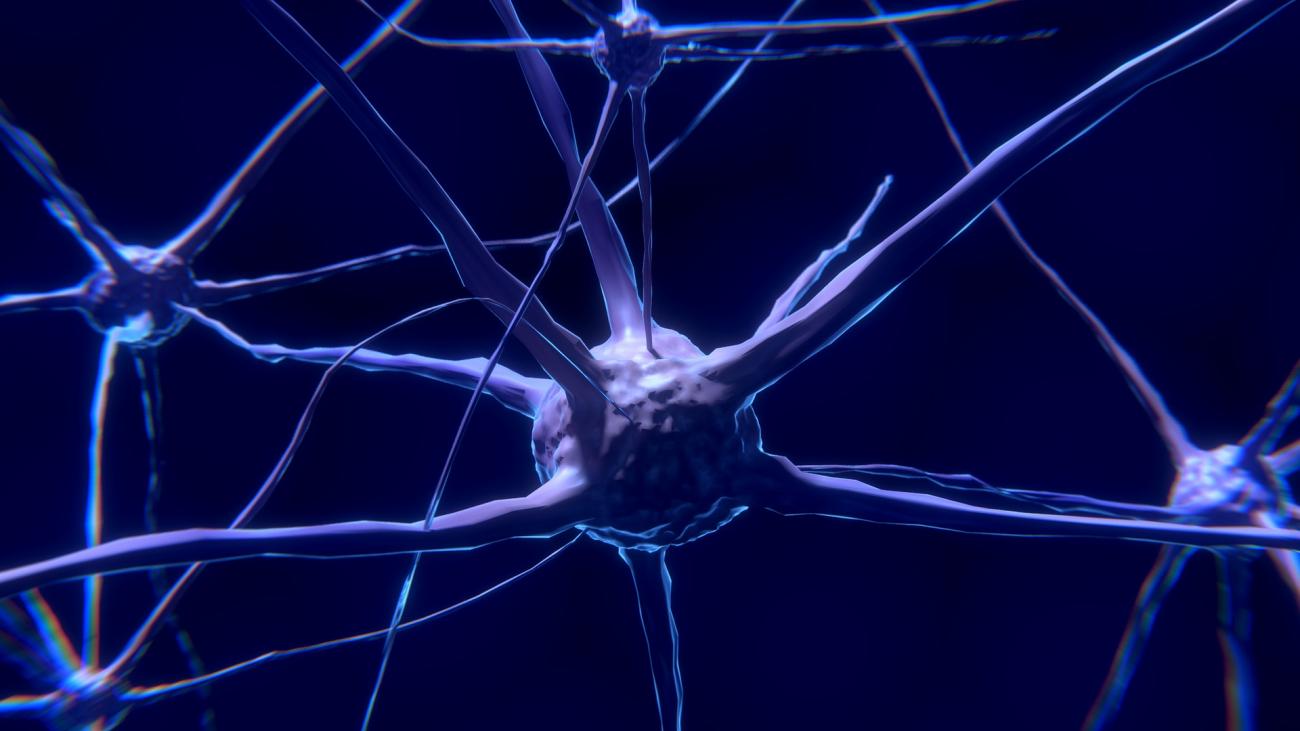Intercellular signaling between sensory receptor cells and specialized glia in the inner ear
Mechanosensory hair cells are the receptor cells of hearing and balance. Hair cells are susceptible to death from a variety of insults, including aging, noise trauma, and treatment with therapeutic drugs with ototoxic side effects. Our lab conducts basic, translational, and clinical studies on hair cell degeneration and hearing loss in the mature inner ear and develops therapeutic strategies to prevent or reverse hearing loss.
Sensory hair cells are surrounded by a type of specialized glia called supporting cells. Supporting cells serve a number of important functions, including providing structural and trophic support to hair cells. We are studying intercellular signaling between sensory hair cells and glia-like supporting cells. We showed previously that supporting cells can protect hair cells from death caused by exposure to the ototoxic aminoglycoside antibiotic neomycin. We have examined the mechanisms by which supporting cells protect hair cells, and our data reveal a role for secretory exosomes. Exosomes are a type of extracellular vesicle that can carry a variety of protein and nucleic acid cargo. Our data demonstrate a mechanism by which glial cells promote the survival of sensory cells under stress via a mechanism of intercellular signaling via exosomes. I will describe these studies as well as our translational and clinical studies aimed at protecting the hearing of patients undergoing treatment with therapeutic drugs that cause permanent hearing loss.
Dr. Lisa Cunningham is a senior investigator at the National Institute on Deafness and Other Communication Disorders (NIDCD), NIH.




